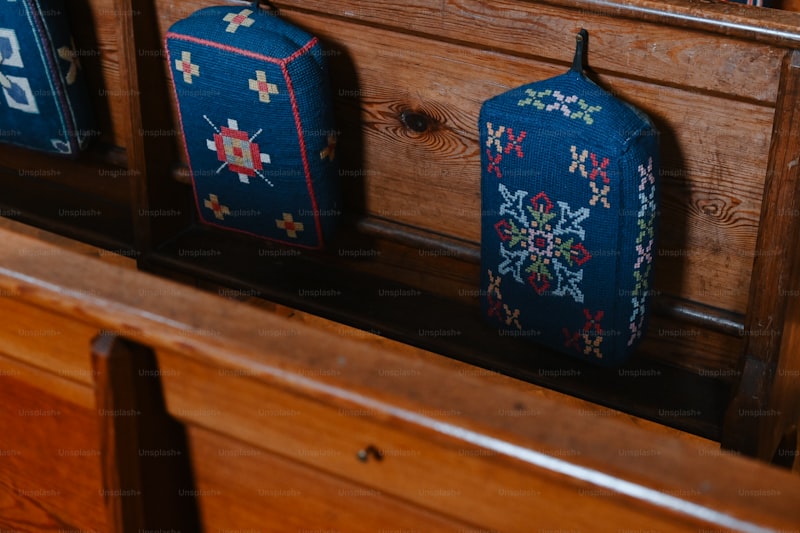Cultural Wedding Symbols: A Deep Dive into Traditions and Their Meanings
Weddings are not just a union of two individuals; they represent the merging of families, cultures, and traditions. Cultural wedding symbols play an essential role in ceremonies, as they convey significant meanings and values to couples and their families. In this article, we will explore various cultural wedding symbols from around the world, their historical contexts, and their relevance today.
Understanding Cultural Wedding Symbols
Cultural wedding symbols can include rituals, items, colors, and even attire that hold special significance in a given culture. These symbols often reflect the beliefs and values of a community and serve to reinforce the commitment between spouses. As globalization continues to influence wedding traditions, many couples choose to incorporate diverse cultural symbols in their own ceremonies.
Popular Cultural Wedding Symbols Across Different Cultures
| Culture | Symbol | Meaning |
| Hindu | Ganesh Statue | Obstacles' removal |
| Chinese | Red Color | Good luck and happiness |
| Jewish | Chuppah | Home and protection |
| Native American | Cornmeal | Wisdom and abundance |
As shown in the table above, various cultures have unique symbols that hold deep-rooted meanings. These symbols underscore the importance of heritage and create an atmosphere that allows for meaningful rituals during the wedding.
In-Depth Look at Cultural Wedding Symbols
Hindu Wedding Symbols
In Hindu weddings, the rituals are rich with symbolism. For instance, the Ganesh statue is often placed at the entrance of the ceremony.
Ganesh, the elephant-headed God, is revered as the remover of obstacles and is worshipped before beginning any auspicious celebration. The couple also participates in the Saat Phere, where they circle a sacred fire seven times, each round representing a vow and a different aspect of a life they promise to share together.
Chinese Wedding Symbols
The color red is omnipresent in Chinese weddings, symbolizing good luck and happiness. Couples often wear traditional red dresses and suits, and the decorations are also predominantly red. Other significant symbols include double happiness characters and lanterns. The traditional Chinese tea ceremony is another beautiful ritual, symbolizing respect and connection between the family and the couple.
Jewish Wedding Symbols
Jewish weddings often feature a chuppah, which is a canopy that represents the home the couple will build together. This symbol signifies privacy and shelter, emphasizing that the couple is entering into a sacred bond. Additionally, the breaking of the glass during the ceremony serves to remind participants of the destruction of the Temple in Jerusalem, thus grounding the joyous occasion in remembrance and reflection.
Native American Wedding Symbols
In Native American cultures, symbols such as cornmeal are used during ceremonies. Cornmeal symbolizes abundance and nourishment, essential ingredients in a successful marriage. The ceremony itself often involves various forms of music, dance, and the presence of nature, reflecting the spiritual connection with the world.

The Significance of Incorporating Cultural Wedding Symbols
In today's global society, many couples choose to celebrate their diverse backgrounds by incorporating various cultural wedding symbols into their ceremonies. This not only honors their heritage but also represents a blending of histories, creating meaningful experiences for themselves and their families. By integrating different symbols, couples can personalize their ceremonies while maintaining a sense of respect for their backgrounds.
Common Questions about Cultural Wedding Symbols
Why are cultural wedding symbols important?
Cultural wedding symbols are crucial because they represent the beliefs, traditions, and values of a society. They foster a sense of belonging and deepen the meaning of the ceremony.
Can I create my own wedding symbols?
Absolutely! Many couples choose to create personal symbols that hold importance to them. This can make the ceremony more unique and reflective of the couple's individual journey.
What if my partner has a different cultural background?
Incorporating elements from both cultures can be a beautiful way to celebrate diversity. By communicating and sharing significant symbols from each background, couples can create a rich tapestry of traditions in their wedding.
Summary and Recommendations
Cultural wedding symbols carry immense significance that transcends mere ornamentation. They weave together stories, histories, and shared values, forming the foundation of a couple's journey. While planning your wedding, consider the symbols you and your partner wish to incorporate. Research your cultural backgrounds and communicate about what each symbol means for both of you. This can lead to a deeply personalized and fulfilling ceremony that honors both traditions, allowing you to start your new life together with respect for your roots.
In conclusion, as you explore the world of cultural wedding symbols, remember to reflect your values and beliefs. Don't hesitate to include symbols that resonate with you personally, whether they are rooted in your heritage or represent your journey together. Happy wedding planning!